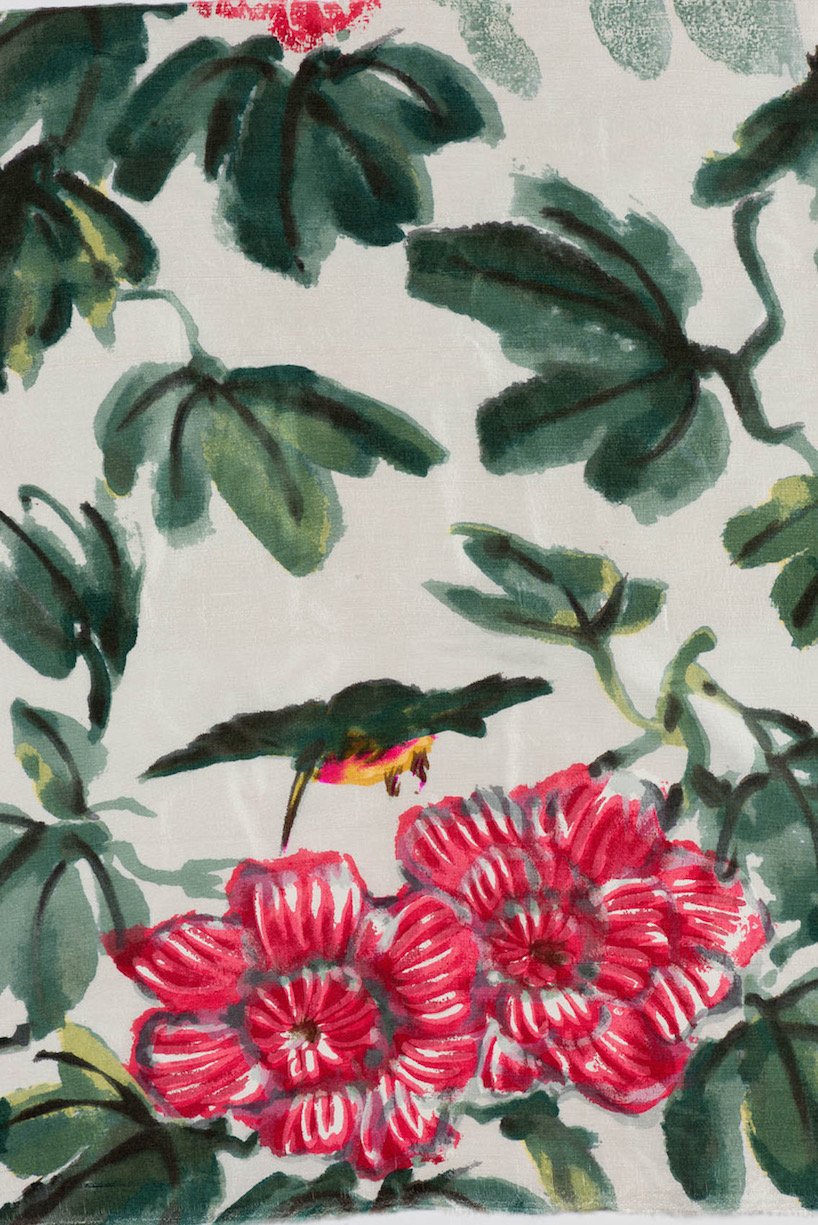“Textiles, I know, do not make blockbuster shows, but this one is a must because it demonstrates how world history is interwoven with this story.” - Daniela Ohad
Czech Center New York in collaboration with UPM, The Museum of Decorative Arts in Prague presents “Mad Silkman: Zika & Lida Ascher Textiles and Fashion,” the first U.S. exhibition focused on the life and work of Zika and Lida Ascher. The husband-and-wife duo left Czechoslovakia before the outbreak of WW2 and built a textile empire in the United Kingdom, which supplied fabrics to the international fashion industry.
Featuring more than fifty original patterns, textile samples, photos, drawings and videos, Mad Silkman is a scaled down version of UPM’s 2019 exhibition curated by Konstantina Hlaváčková, head of the Museum’s Textile and Fashion Collection. Most items in the exhibition have been generously lent by the theAscher Family Archive in the United States.
Zika (Zikmund) Ascher was born in Prague in 1910 into a family of Jewish textile businessmen, opening a popular textile shop with his brother, Josef at the age of 22. A successful Alpine skier, he represented Czechoslovakia in many international competitions, earning a moniker “Mad Silkman” for his daredevil style on the slopes. He married Lida (Ludmila) Tydlitátová in 1939 and left for a Scandinavian honeymoon just a few days before the Nazis invaded Czechoslovakia. The couple found their way from Norway to London making it their new home, and, in 1942, founding a textile company Ascher (London) Ltd that printed fabrics for women’s clothes.
In addition to his own lively and unique designs, Zika approached leading artists of the time—Henri Matisse, Henry Moore, André Derain, Cecil Beaton, Alexander Calder, among others—to design prints for a collection of scarves and fashion fabrics to brighten up the dull postwar British wardrobe. Most agreed, resulting in a collection of approximately thirty extraordinary silk scarves, “the Ascher Squares,” which were soon recognized all over the world helping launch Zika and Lida’s glittering career. Ascher fabrics were immensely popular from the 1940s to the 1980s, frequently appearing in top fashion magazines, and used by European fashion houses including Christian Dior, Chanel, Balenciaga, Lanvin-Castillo, Pierre Cardin, Yves Saint Laurent, Alberto Fabiani, Ronald Paterson, Mary Quant, David Sassoon.
Read design historian Daniela Ohad’s review “The Man Who Invented Bouclé” on Daniela on Design.











